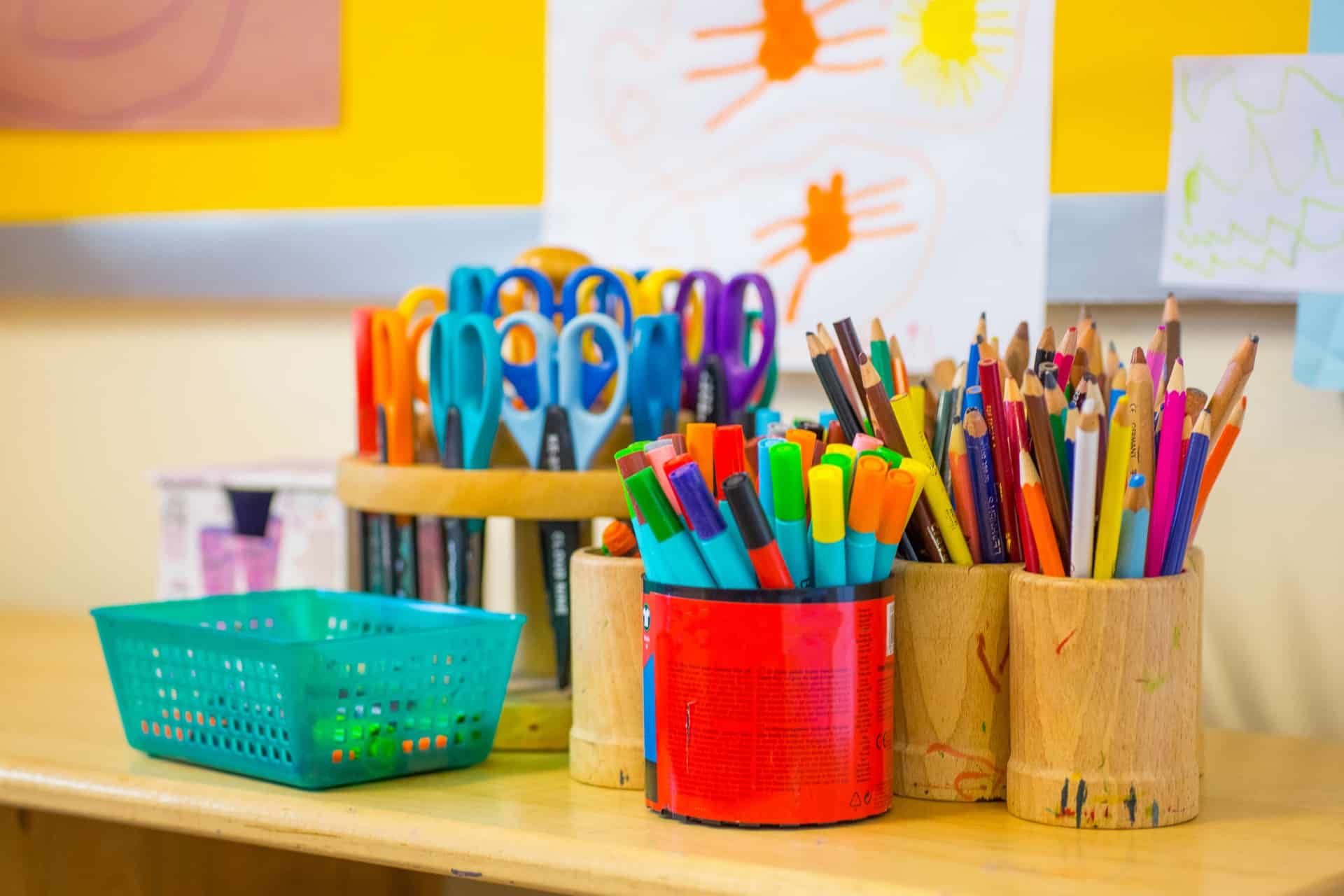Faith has always been more than just a personal belief. It is a guiding light that shapes families, brings neighbors together, and inspires people to care for one another. In today’s fast-moving and often divided world, faith and community play a critical role in keeping people connected. The values of kindness, empathy, and responsibility can transform not just individuals but entire societies.
When we talk about faith, we are not only referring to religion. Faith also means having trust in people, in humanity, and in the idea that there is something greater than ourselves. Similarly, community is not only the people who live near us—it is every group of individuals who choose to support one another in their journeys. The relationship between faith and community is powerful, and it’s one that deserves attention in our modern lives.
Why Faith Still Matters
Some may argue that faith is outdated in a world dominated by technology, science, and innovation. Yet, history shows us that faith has always been the foundation of resilience. During times of crisis, whether it’s a natural disaster, a pandemic, or even personal struggles, faith is what gives people hope. It gives them the courage to move forward even when everything feels uncertain.
Faith also acts as a moral compass. While laws and regulations govern behavior, faith influences the choices people make when no one is watching. It instills values such as honesty, patience, and forgiveness. These values strengthen trust between people and make societies more compassionate and stable.
The Power of Community Support
A community is more than a collection of individuals. It is a system of shared responsibility. When members of a community come together to support each other, it creates a safety net that no individual could build alone.
Consider the power of small acts: a neighbor helping an elderly person with groceries, friends raising funds for a struggling family, or volunteers serving meals at a local shelter. These actions may seem small, but they are examples of community values in action.
Online communities are also becoming a source of strength. Faith-based websites like bishopwcmartin bring together people who want to learn, share, and inspire others. These digital spaces allow individuals to feel connected, even if they are miles apart.
Faith and Community Working Together
Faith and community cannot exist separately. Faith inspires people to be more giving, and community provides the opportunity to live out those values. Together, they create a cycle of compassion and service.
For example, many churches, mosques, temples, and faith-based groups don’t just hold services; they also organize food drives, offer counseling, and provide education programs. These acts are not limited to their members but extend to anyone in need, regardless of belief. This combination of faith and community creates real change on the ground.
Why the Modern World Needs These Values
Today’s society is more connected digitally than ever before, but many people feel isolated in their daily lives. Social media can spread news in seconds, but it can also create division. The absence of genuine human connection is leading to loneliness and stress.
This is where communities rooted in faith stand out. They provide spaces where people can be themselves without fear of judgment. They remind us of our shared humanity. Websites and resources like the faith-based community blog are modern tools that allow these values to spread beyond physical walls.
Young people especially need these connections. As they face pressures from studies, work, and social expectations, belonging to a supportive community can give them direction and comfort. Faith adds meaning to their efforts, reminding them that their lives have purpose beyond material success.
Building Bridges Across Differences
Another important aspect of faith and community is inclusivity. True faith does not divide; it brings people together. In a diverse world, communities can become platforms for understanding and cooperation.
When people from different backgrounds, races, or beliefs come together to share common values like kindness and respect, barriers break down. Dialogue replaces conflict, and collaboration replaces division. This is the beauty of a community driven by faith—it creates bridges where walls once stood.
Real-Life Examples of Faith in Action
- Disaster Relief Efforts: When hurricanes, earthquakes, or floods strike, faith groups are often the first to respond. They provide food, shelter, and comfort to victims.
- Youth Programs: Many community organizations run faith-inspired youth camps that teach leadership, teamwork, and social responsibility.
- Charity and Volunteering: Whether it is feeding the hungry or providing education to children, faith-based charities work daily to improve lives.
These examples show that faith is not just personal—it has practical effects on society when lived out in community.
How Individuals Can Strengthen Both
You don’t need to be a leader to make a difference. Every person can play a part in strengthening faith and community. Here are some simple ways:
- Be present: Attend community events, even if it’s just once a month.
- Practice kindness: Small acts of generosity have lasting impacts.
- Volunteer time or skills: Offer your talents for the benefit of others.
- Share online responsibly: Use platforms like bishopwcmartin.com to share uplifting content instead of negativity.
Each action creates a ripple effect that inspires others.
Challenges to Overcome
While faith and community offer many benefits, they also face challenges. Modern life is often busy, leaving little time for community involvement. Skepticism about religion can also discourage people from engaging in faith-based activities.
To overcome these barriers, communities must adapt. Creating safe spaces both online and offline ensures that everyone feels welcome. Faith must also be communicated in a way that respects diversity, focusing on universal values instead of division.
Looking Ahead
The future of faith and community is not about holding onto traditions alone but about reimagining them for modern life. Online communities, podcasts, blogs, and virtual gatherings are now part of how people experience faith. At the same time, face-to-face connections remain irreplaceable.
As the world becomes more global, communities like those built through platforms such as the faith-based community blog can help preserve humanity’s core values. By combining tradition with innovation, faith and community can remain strong forces for good.
Read also: Bearcat BCS785D Is It Phase 1 or 2? Complete Guide for Scanner Enthusiasts
Conclusion
Faith and community are not just abstract ideas—they are practical forces that shape lives. In a world where many feel disconnected, these values create belonging, hope, and resilience. They remind us that no matter how advanced society becomes, the human need for trust, compassion, and support will never fade.
The role of faith and community in today’s world is simple yet powerful: they give meaning to our lives and strength to our societies. By embracing both, we move closer to building a kinder, more united future.


